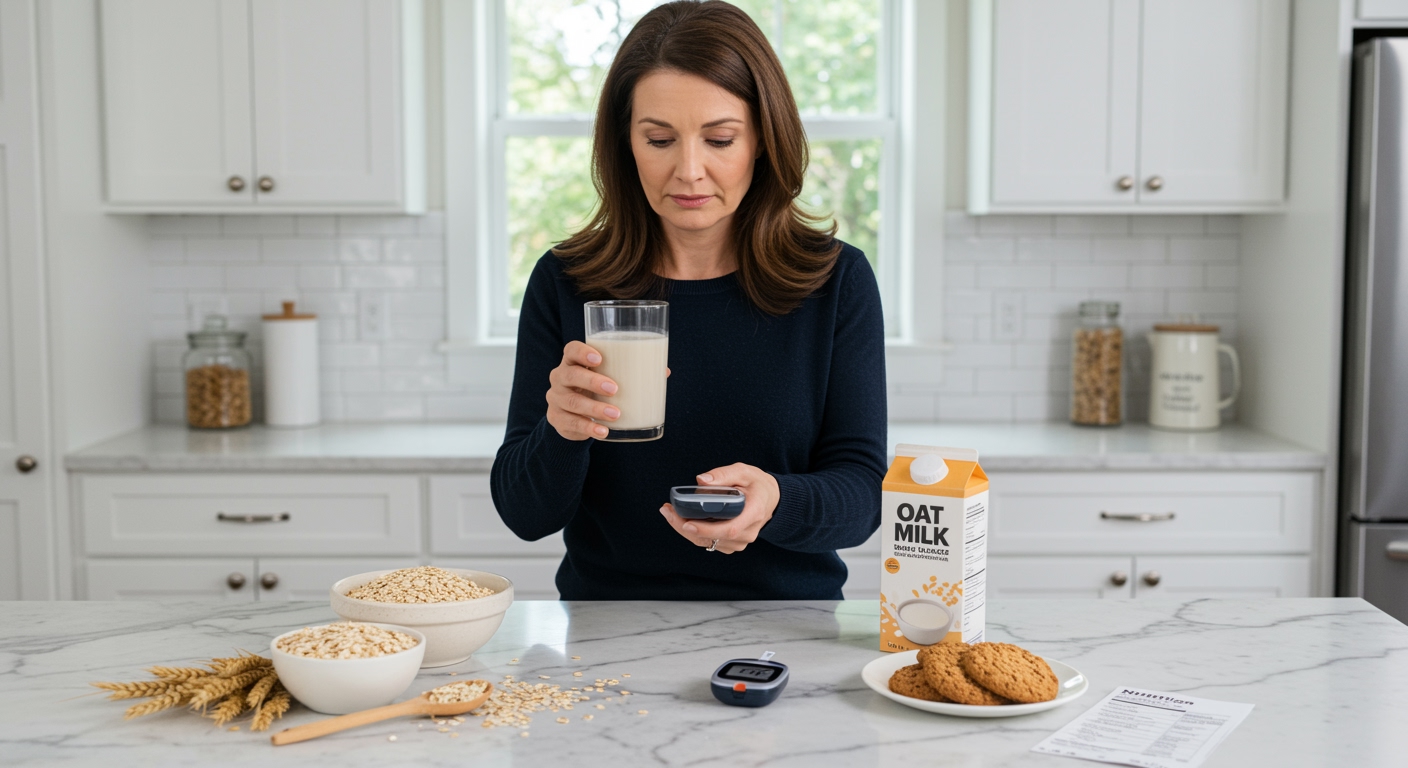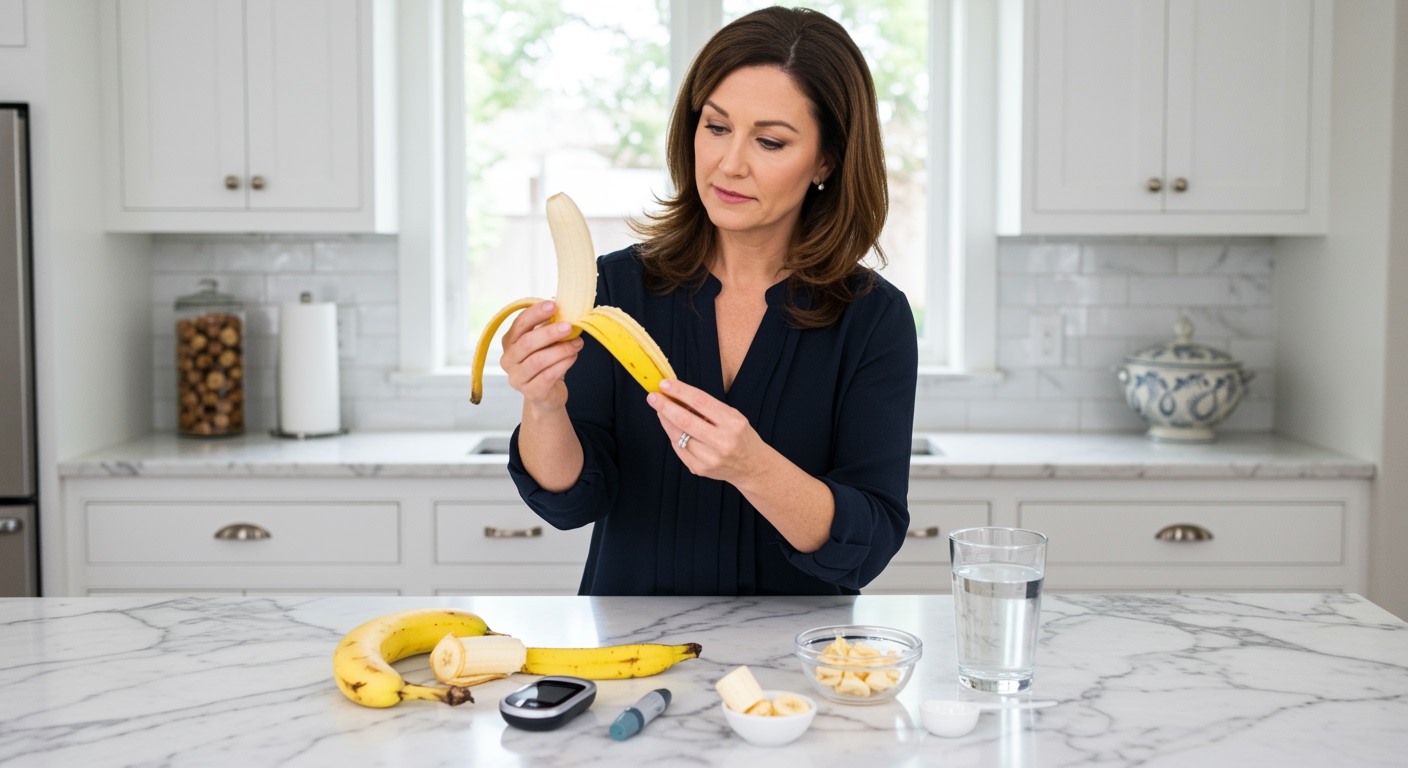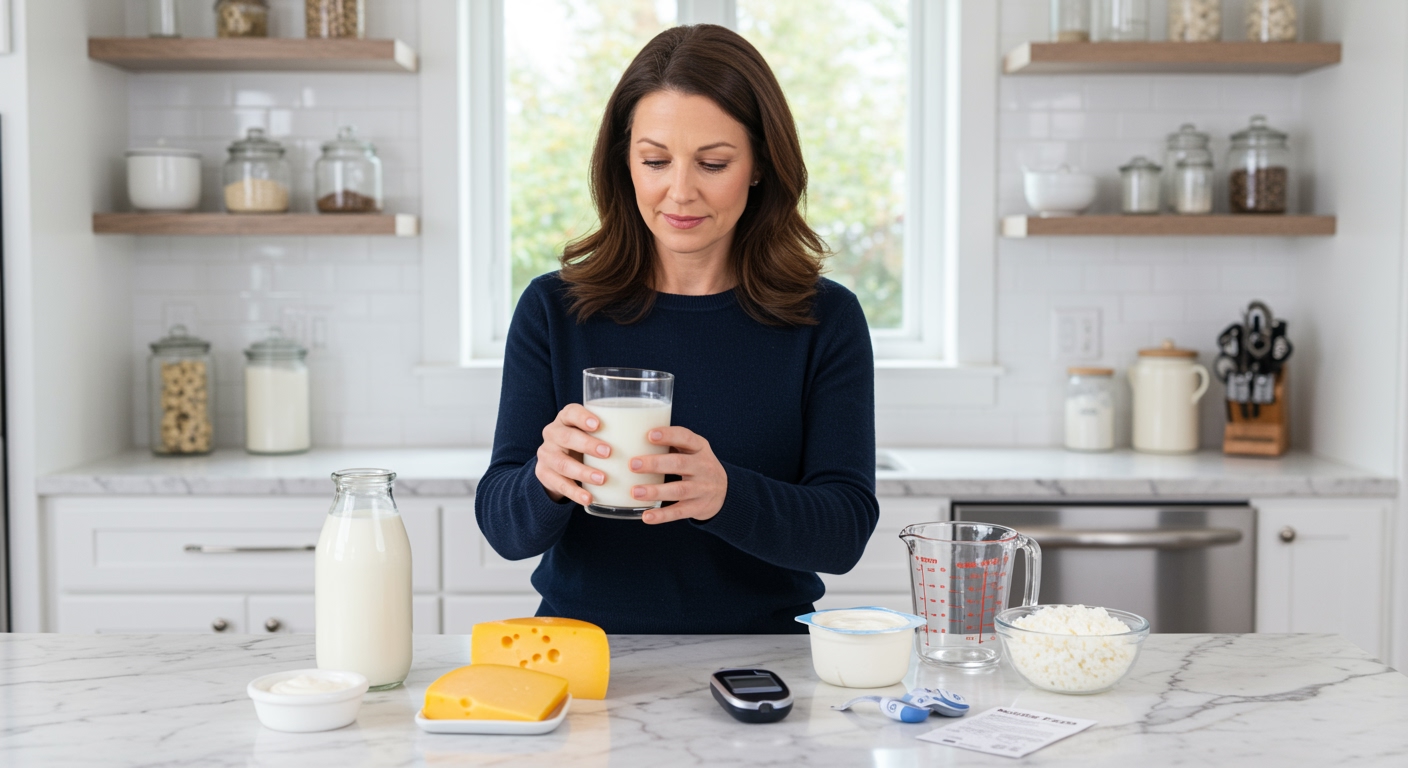✪ Key Takeaway: Dried figs can be eaten by diabetics in small portions due to their moderate glycemic index of 61 and beneficial fiber content.
Introduction
You walk down the dried fruit aisle and wonder if those sweet, chewy dried figs will send your blood sugar through the roof.
Many people with diabetes avoid dried fruits completely because they fear the concentrated sugars will cause dangerous spikes in their glucose levels.
Hi, I am Abdur, your nutrition coach and today I am going to explain whether dried figs are actually safe for diabetes and how you can include them in your meal plan without compromising your blood sugar control.
What Makes Dried Figs Different From Other Dried Fruits?
Dried figs contain about 48 grams of sugar per 100 grams, which sounds alarming at first glance.
However, these sugars are naturally occurring fructose and glucose that come from the fresh fruit itself, not added sugars like many processed snacks.
The drying process concentrates the natural sugars by removing water, but it also concentrates the beneficial nutrients and fiber content.
Fresh figs contain about 16% sugar by weight, while dried figs contain around 48% sugar, making them three times more concentrated in natural sugars.
What sets dried figs apart from other dried fruits is their impressive fiber content of 9.8 grams per 100 grams.
This fiber helps slow down the absorption of sugars into your bloodstream, preventing the rapid spikes that many diabetics fear.
The fiber also promotes satiety, meaning you feel full faster and are less likely to overeat these naturally sweet treats.
✪ Fact: Dried figs contain more fiber per serving than most other dried fruits, including raisins and dates.
How Do Dried Figs Affect Blood Sugar Levels?
The glycemic index of dried figs is 61, which places them in the moderate category rather than the high category that many people assume.
This means dried figs cause a moderate rise in blood sugar levels, not the dramatic spike that foods with a glycemic index above 70 would cause.
When you eat dried figs, the natural sugars enter your bloodstream gradually due to the fiber content that acts like a brake on sugar absorption.
The fiber forms a gel-like substance in your digestive tract that slows down the movement of food and delays the release of glucose into your blood.
Research shows that the antioxidants in dried figs, particularly phenolic compounds, may help improve insulin sensitivity over time.
These compounds work at the cellular level to help your body use insulin more effectively, which is crucial for managing diabetes.
However, portion control remains critical because even moderate glycemic index foods can raise blood sugar significantly if you eat too much at once.
✪ Pro Tip: Always pair dried figs with protein or healthy fats to further slow sugar absorption and minimize blood glucose spikes.
What Is The Safe Portion Size For Diabetics?
A safe serving size of dried figs for most diabetics is 2-3 medium figs, which equals about 30 grams or roughly 1 ounce.
This portion contains approximately 14 grams of natural sugars and 3 grams of fiber, making it comparable to one small apple in terms of carbohydrate impact.
The key is treating dried figs as you would any other carbohydrate source in your meal plan, counting them toward your total daily carb allowance.
Most diabetes educators recommend limiting dried fruit portions to what fits in the palm of your hand, which naturally controls the amount you consume.
Timing also matters significantly for blood sugar management when eating dried figs.
Eating them as part of a balanced meal or snack with protein and healthy fats helps minimize their impact on your glucose levels.
Never eat dried figs on an empty stomach or as your only snack, as this can cause faster absorption and higher blood sugar spikes than necessary.
✪ Note: Individual responses vary, so monitor your blood sugar 2 hours after eating dried figs to understand your personal tolerance.
Do Dried Figs Offer Any Benefits For Diabetes Management?
Beyond their moderate glycemic impact, dried figs provide several nutrients that can actually support diabetes management when consumed appropriately.
They contain significant amounts of potassium, which helps regulate blood pressure, a common concern for people with diabetes.
The magnesium content in dried figs plays a role in glucose metabolism and insulin function, with studies showing that magnesium deficiency is linked to poor blood sugar control.
Dried figs also provide calcium and iron, nutrients that many people with diabetes need to monitor due to dietary restrictions or medication interactions.
The antioxidants in dried figs, including flavonoids and phenolic acids, help combat oxidative stress that is elevated in people with diabetes.
This oxidative stress contributes to complications like nerve damage, kidney problems, and cardiovascular disease that diabetics face over time.
Some research suggests that regular consumption of figs may help improve insulin sensitivity, though more human studies are needed to confirm these effects definitively.
✪ Fact: Dried figs contain more antioxidants per serving than many fresh fruits due to the concentration effect of dehydration.
When Should Diabetics Avoid Dried Figs Completely?
People with poorly controlled diabetes should avoid dried figs until their blood sugar levels stabilize with proper medication and lifestyle changes.
If your HbA1c is above 8% or you frequently experience blood sugar spikes above 200 mg/dL, dried fruits should not be a priority in your diet.
Those with gastroparesis, a diabetes complication that slows stomach emptying, should be especially cautious with dried figs due to their concentrated sugar content.
The delayed gastric emptying can cause unpredictable blood sugar patterns when combined with concentrated carbohydrate sources like dried fruits.
Diabetics taking certain medications, particularly insulin or sulfonylureas, need to be more careful about timing and portions of dried figs to avoid hypoglycemia.
If you experience digestive issues like bloating or diarrhea from high-fiber foods, start with very small amounts of dried figs to assess your tolerance.
Always consult your healthcare provider before adding new foods to your diabetes meal plan, especially if you have other health conditions or take multiple medications.
✪ Pro Tip: Keep a food diary to track how different portions of dried figs affect your individual blood sugar patterns.
The Bottom Line
Dried figs are not the diabetes villain many people believe them to be, but they require careful portion control and smart timing to include safely in your meal plan.
The key to managing diabetes successfully is not about avoiding all sweet foods, but learning how to enjoy them in ways that support your health goals rather than sabotage them.
I would love to hear about your experiences with dried figs or any questions you have about including dried fruits in your diabetes management plan, so please share your thoughts in the comments below.
References
At NutritionCrown, we use quality and credible sources to ensure our content is accurate and trustworthy. Below are the sources referenced in creating this article:
- Glycemic Index Net: Fig Dried Glycemic Index
- PMC: Nutritional and Health Benefits of Dried Fruits
- Valley Fig: Can Diabetics Eat Dried Figs
- American Heart Association: Are Figs Good for You





